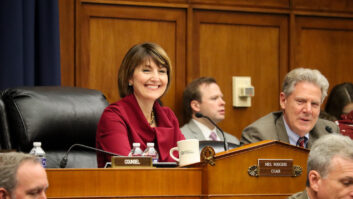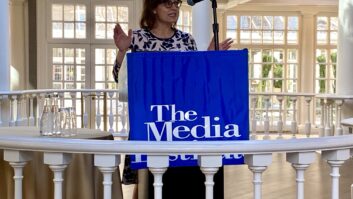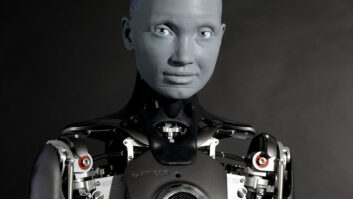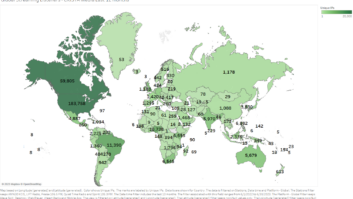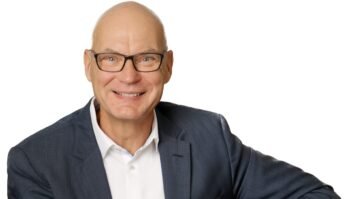What is your full name and title?
TL: Thomas Lund, CTO Broadcast & Production.
�
You’re speaking at the NAB Show about personal broadcast platforms, loudness and hearing loss. What’s the headline here; what is the main conclusion of your paper?
TL: That a PMP (Personal Media Player, i.e. smartphone, iPod, iPad etc.) should have a gain structure not only aimed at playing crushed pop music, and that it should also be capable of informing the listener when she is over-dosing audio. Right now, using a PMP is like driving a car without a speedometer or a cruise control. It’s tempting to go faster and faster as you become numb to speed.
�
Many of our readers are owners, managers and engineers of radio stations; others are involved in new media like streaming and podcasting; and many are involved in both. Why is this topic important to them?
TL: Currently, there is a very small level sweet spot where sound can be heard under a variety of listening conditions while not sacrificing sound quality. The average level I’m talking about is around -16 LKFS.
�
Why is TC Electronic involved in this issue?
TL: Production, mastering, distribution and consumption forms a circle with feedback. Right now we have a vicious one running, where a low headroom in distribution (Internet radio, YouTube, Pandora, Spotify and others) is combined with a low sound quality at the consumer (small speakers, flat panel TVs, mediocre PMPs). This is turn drives squashing up and audio quality down in production and mastering.
�
The vicious circle has actually destroyed 10 years of our recent music heritage, and older well-sounding albums are remastered and crushed. One example among thousands is Paul Simon’s beautiful Graceland � which I normally refer to as “Disgraceland” in its 2012 remastering.
�
TC is involved because that’s what any audio professional should be. From a commercial point of view, there will also not be much point in designing quality processing, loudspeakers etc. if the vicious circle runs for much longer.
�
You helped set up a work group about this topic. Tell us a bit about that.
TL: CENELEC is the tech standardization arm of the European Commission. Between 2.5 and 10 million people in that region is expected to develop early hearing loss as a direct result of listening to much and too loudly to PMPs. Five years ago, the commission decided that education and protection of users was needed. Hazard-based legislation is therefore now in place to limit the maxiumum sound exposure level from any PMP sold in Europe.
�
However, PMPs must include dose estimation based on actual audio so a screaming Internet radio station or pop track gives an earlier warning than Graceland (from 1986) or an episode of Game of Thrones. I spoke about that at a CENELEC meeting and suddenly found myself asked to be “convenor” of a work group.
�
How do “loudness wars” play into this discussion?
TL: With good dose estimation in PMPs, it would be even more futile to squash music at the mastering stage. You only accomplish that it’s turned down later – but all the added distortion will still be there. Therefore, PMP dose estimation and loudness normalization in broadcast both help calm the loudness wars.
�
Obviously many of the details in your presentation are beyond the scope of this interview. But can you list some main conclusions for our readers?
TL: PMPs should have an easy understandable way of letting users know about the sound dose they had received, for instance expressed in % of max safe per day.
�
Another important conclusion is that BS.1770 loudness normalization in itself is benign to reduce PMP sound exposure.
�
Personally, I think relevant warnings is the most important � not that a device turns itself down automatically. If you were in a subway 30 minutes per day, no big deal to have the clock ticking a bit faster during those periods, as long as you become aware that sound level should come down when you exit.
�
What is the biggest recent change in the area of loudness that radio industry people need to know about?
TL: BS.1770 normalization is an easy place to improve sound quality. It also allows you back off FM processors a lot. According to recent tests in the Netherlands, Sweden and Germany, the coverage area can actually be expanded by reducing FM level because of how modern receivers are designed.
�
What should we expect next in that area?
TL: EBU is about to recommend BS.1770 normalization in radio, download and streaming.





